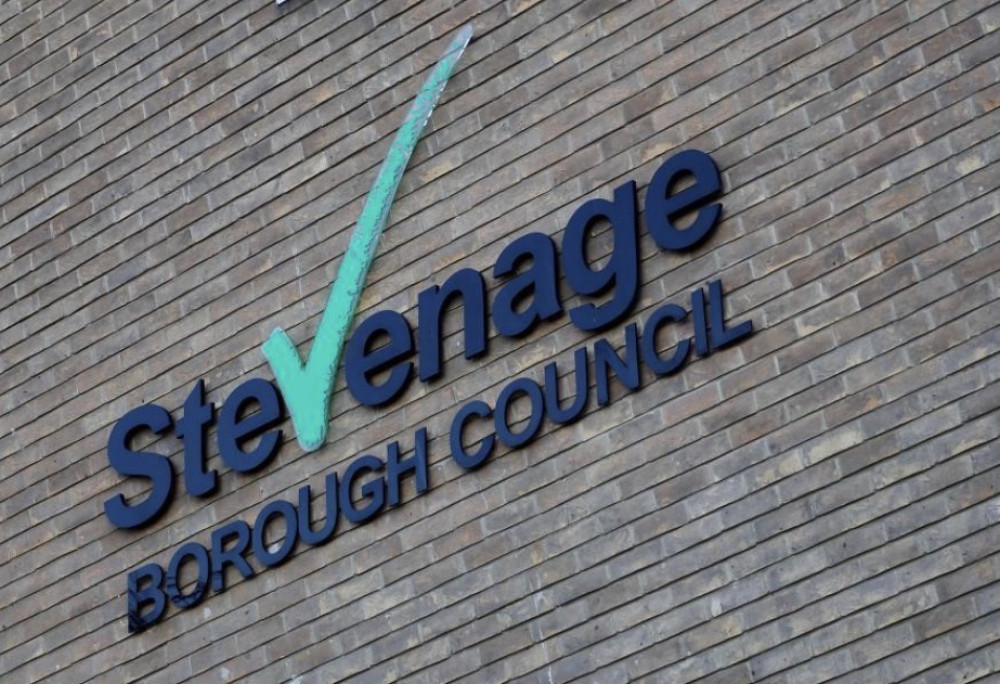Council accused of ‘gerrymandering’ as it backs new Central Hertfordshire authority
By Christopher Day - Local Democracy Reporter 20th Nov 2025
By Christopher Day - Local Democracy Reporter 20th Nov 2025

Labour-run Stevenage Borough Council has backed plans for the area to join North Herts and Welwyn Hatfield as part of a new Central Hertfordshire unitary authority.
But a Liberal Democrat councillor accused Labour of "gerrymandering of the highest scale" by supporting plans to bring together three areas that currently have councils with Labour leaders.
Under a Government-led reorganisation of local government, Hertfordshire County Council and all 10 district and borough councils in the county are set to be abolished, with unitary authorities created instead.
The new authorities will take over all local government responsibilities in the areas they cover. It means that services previously divided between the county council and district council will be placed under the control of a single authority.
In Hertfordshire, a 410-page joint submission from all 11 councils will be put forward to the Government later this month, with each council supporting one of three options – for the county to be divided into two, three or four unitary authorities.
The Government will make a final decision on which model to introduce.
Stevenage's Labour-run borough council voted in favour of the four-unitary model at its meeting on Monday (November 17), a view signed off by the council's cabinet the following day.
The four-unitary model would see Stevenage joined with North Herts and Welwyn Hatfield to form a new Central Hertfordshire authority.
It would cover a population of around 352,000 people, and there would be 100 councillors sitting on the new authority.
Financial modelling suggests the four-unitary option would save a total of up to £124 million across Hertfordshire over the first 10 years when compared to the current system of local government.
Cllr Richard Henry, the leader of Stevenage Borough Council, said: "I believe our future is best served by the four-unitary model.
"This has been favoured by local people and, I think, makes sense for our town.
"We'll be better linked up and down the A1(M) corridor, from Welwyn and Hatfield to Hitchin and Letchworth, where we can work together to tackle problems in our local economy, to build affordable homes and make sure our vibrant economy grows and creates opportunities for local people.
"The four-unitary model does bring some savings, but, more importantly, gives us the right size to be able to adapt in the future. Decisions will be made much closer to the people we serve."
The council's deputy leader, Cllr Jeannette Thomas, said: "We've been elected by our local residents to speak for them.
"They have very much said that they want council services to be closer to them, not distant.
"I believe that bigger is not always better, but there is certainly a level of efficiencies that can be made from smaller units."
The leader of the council's opposition Liberal Democrat group, Cllr Stephen Booth, chose to abstain rather than vote for any of the three proposed models.
He said: "Unfortunately, the current proposals from Government have a strong flavour of one size fits all.
"They do not take adequate and clear account of the diversity of Hertfordshire's settlements and communities.
"I'm not convinced that any proposed scheme will enhance local accountability or have the potential to deliver better outcomes for our residents.
"The worry is that Government is driving this solely as a way of saving money."
Cllr Booth's party colleague, Cllr Andy McGuinness, described the four-unitary model as "gerrymandering of the highest scale".
"It is literally just going down the A1(M) where there's Labour authorities and there's Labour representation," he said.
North Herts Council is currently run by a Labour minority administration, while Welwyn Hatfield Borough Council has a Labour leader as part of a Labour-Liberal Democrat joint administration.
Neither member of Stevenage Borough Council's two-strong Reform UK group was present at Monday's special meeting, held at 2pm rather than in the evening, which cabinet member Cllr Simon Speller described as "regrettable".
The council's sole Conservative member, Cllr Phil Bibby, voted in favour of the two-unitary model, which would split the county into West and East authorities.
He said: "We are where we are, and we have to make the most of what local government reform and devolution brings.
"Do residents really care which council is providing their services, providing they are provided?
"As long as their bins are collected, as long as their roads are fixed, they don't care where it comes from.
"Services can still be delivered locally even though they're decided from the unitary level."
He pointed to the higher level of savings predicted from a two-unitary model – up to £418m in the first 10 years compared to £124m for the four-unitary model – and added: "Just think about how many services that will pay for, how many new homes you can build with that money – are you really going to deprive residents of that sort of savings?"
Welwyn Hatfield Borough Council's cabinet backed the four-unitary option this week despite the full council indicating a preference for the two-unitary model.
North Herts Council will make a final decision on which to support at its cabinet meeting on Wednesday (November 19). The council as a whole has indicated a preference for two unitaries, but leader Cllr Daniel Allen supports four unitaries.
A government consultation on the proposals for local government reorganisation in Hertfordshire is expected in spring next year, before a final decision is made in the summer.
The provisional timeline sets out that elections to the new unitary authorities would be carried out in May 2027, before taking over from the current councils in 2028.
CHECK OUT OUR Jobs Section HERE!
hitchin vacancies updated hourly!
Click here to see more: hitchin jobs
Share:












